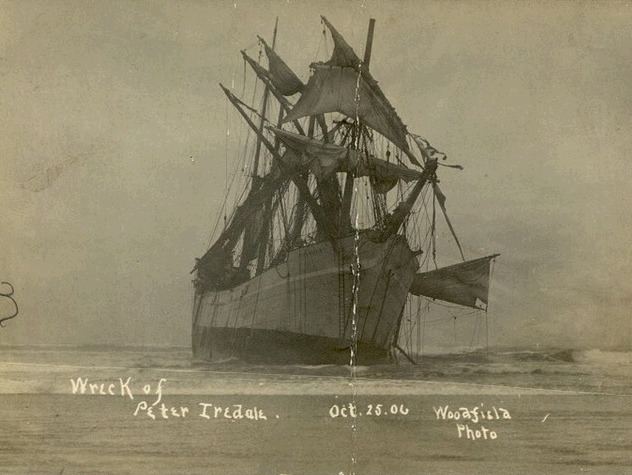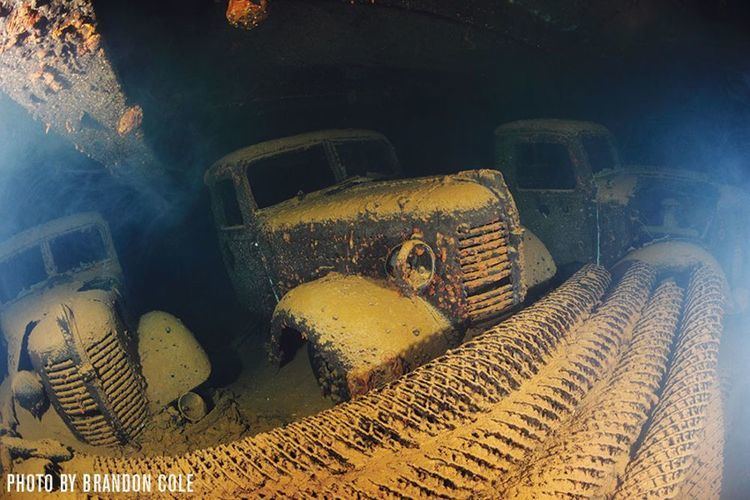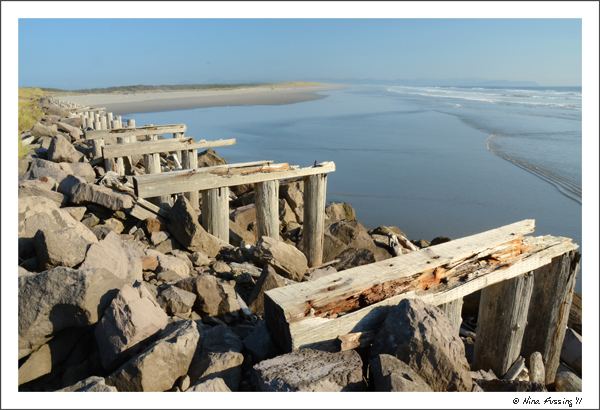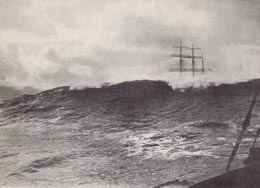 | ||
Scenes from the graveyard of the pacific
The Graveyard of the Pacific is a nickname for a stretch of the coastal region in the Pacific Northwest, from Tillamook Bay on the Oregon Coast northward to Cape Scott Provincial Park on Vancouver Island. The unpredictable weather conditions and coast characteristics have caused a significant number of shipwrecks in this area.
Contents

Graveyard of the pacific
Description

The region's seas are frequently subject to heavy and unpredictable weather year round combined with the rugged rockbound coastline, especially along Vancouver Island and its northwestern tip at Cape Scott, causing sea conditions which, since European exploration of the area began in the 15th century, have endangered and wrecked thousands of marine vessels.

More than 2000 vessels and 700 lives have been lost near the Columbia Bar alone. One book about regional wrecks lists 484 wrecks at the south and west sides of Vancouver Island.

Combinations of fog, wind, storm, current and wave had crashed hundreds of ships in the region by the middle of the twentieth century, including famous wrecks in regional history. Charts of the region show its famous, and dangerous, landmarks:

Shipwreck charts are studded with sites. Salvage attempts are often unsuccessful or of limited success, and physical wreckage is usually minimal anyway due to the age of many wrecks, the unpredictable weather and sea conditions, and the extensive damage often suffered by vessels at the time they were wrecked.
The term is believed to have originated from the earliest days of the maritime fur trade, not only as increasing numbers of traders' ships began to be wrecked, but also because of the ongoing state of incipient warfare in the area between Russia, Spain, Great Britain, and native tribal peoples, making it one of the most dangerous and deadly regions to trade in the Pacific for political as well as climatic reasons.
The rate of major wrecks has decreased considerably since the 1920s, but several lives are still lost each year.
